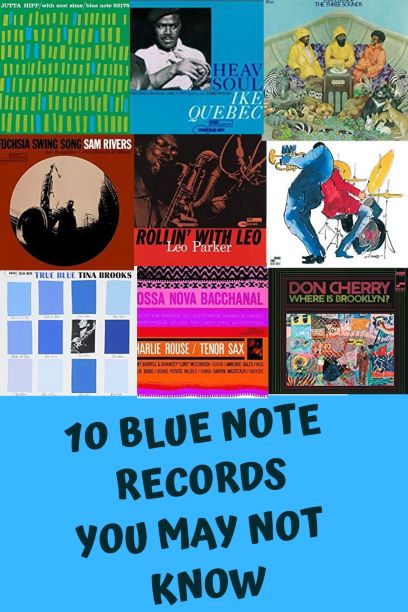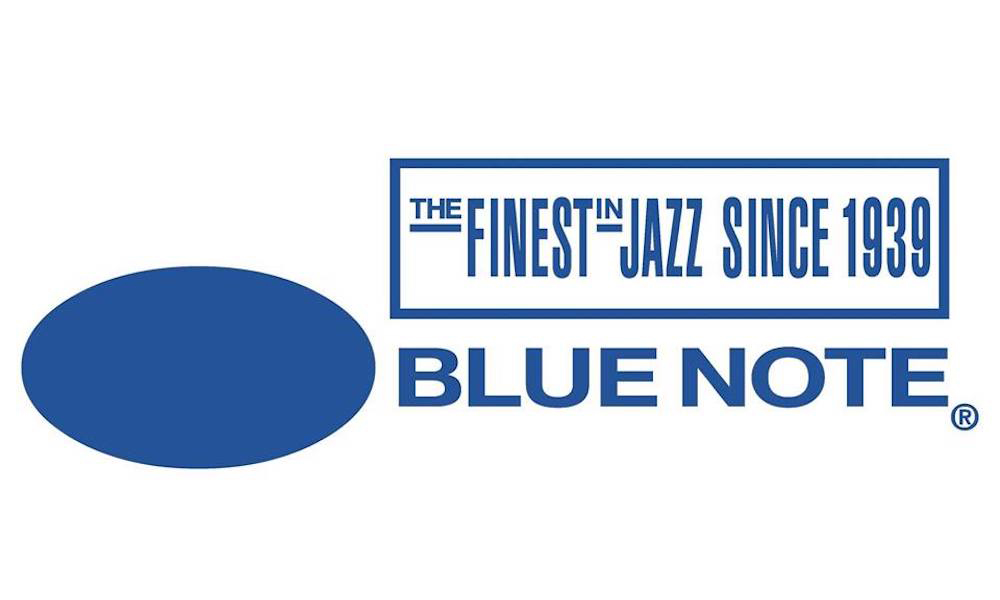
by Marshall Bowden
Many record collectors and jazz fans will tell you that there are really no obscure Blue Note records because, during its 80 year history, more ink has been spilled over Blue Note records than almost any other label you can think of.

But every catalog has its twists and turns, its inner rooms and orphaned albums that are not written about as often as, say, Dexter Gordon’s Our Man In Paris or Lee Morgan’s Sidewinder. Chances are there are at least a few titles here that you aren’t that familiar with, so here’s your opportunity to check them out.
Sam Rivers – – Fuchsia Swing Song
Fuchsia Swing Song is Rivers’ debut Blue Note recording, and it is a confident and sharp debut. All the pieces here are Rivers compositions, with the most well-known being “Beatrice,” dedicated to his wife. Other musicians have recorded the piece, but there has never been a better, more sensitive reading than here. Other standouts include the title track, a 32-bar structure that features the propulsive cross-accents of Tony Williams, helping Rivers build an intense, turbulent swirl of notes that eases back into a rollicking swing formation, as well as “Luminous Monolith,” which employs traditional chord changes but manages to sound modal. Amazon | Spotify
Charlie Rouse–Bossa Nova Bachannal
Listeners really need to sit up and take notice of the reissued Bossa Nova Bacchanal by tenor saxophonist Charlie Rouse. Rouse, best known for his tenure with Thelonious Monk in the late 50s and into the 1960s, puts together a very authentic band here, including dual guitar work by Kenny Burrell and Chauncey “Lord” Westbrook, bassist Lawrence Gales, drummer Willie Bobo, conga player Potato Valdez, and Garvin Masseaux on chekere.
Amazon | Spotify
Tina Brooks–True Blue
I wouldn’t call True Blue so much an obscure Blue Note record as that saxophonist Tina Brooks was highly underrated and most of his recordings went unreleased in his lifetime, though he was a workhorse Blue Note session player. Brooks wrote most of Freddie Hubbard’s Blue Note debut Open Sesame, and True Blue was overshadowed by the release of Hubbard’s album almost simultaneously. For whatever reasons none of his other Blue Note sessions as a leader were released until 1980, several years after Brooks’ death. True Blue is a fine album and Brooks’ playing here is among the finest Blue Note tenor men.
Amazon | Spotify
Ike Quebec–Heavy Soul
The playing here ranks with the best recorded examples of Quebec’s work, and may ultimately be judged his best recording. In conjunction with his other late period Blue Note recordings, the best music of his career was produced at the end of his life. Particular standout tracks here include the Depression-era “brother Can You Spare a Dime,” a gorgeous reading of “The Man I Love,” and an amazing interpretation of the enigmatic ballad “Nature Boy,” performed by a duo of Quebec and Hinton.
Amazon | Spotify
Thad Jones/Mel Lewis – – Consummation
This was the big band of the 1970s (they were around much before that, but were really carrying the torch in the ’70s), with powerhouse talent like Marvin Stamm, Snooky Young, Jimmy Knepper, Jerome Richardson, Roland Hanna, Richard Davis, and Pepper Adams on board. Jones was at his writing and arranging peak as well, and churned out wonderful stuff like “Dedication”, “Tiptoe”, “A Child Is Born”, “Us”, and “Consummation.” Amazon | Spotify
Don Cherry–Where is Brooklyn
This quartet date features Cherry with saxophonist Pharaoh Sanders, who is in full force here, bouncing between the cries of Coltrane, the kinetic energy of Ornette, and the ballsy screams of Albert Ayler. It can be a lot, but on tracks like “The Thing” and “There Is the Bomb”, he and Cherry reach a comfortable level of interaction that compliments both players. As always, Cherry is the most masterful of free players melodically, and the rhythm section of Ed Blackwell and Henry Grimes is worthy of mindful listening all on its own.
Amazon | Spotify
Hank Mobley–Thinking of home
Mobley’s last recording for Blue Note, and his last as a leader. Mobley and company were back in the Van Gelder Studios for this date from July of 1970. The opening track, “Suite” is divided into three sections—‘Thinking of Home’, ‘The Flight’, and “Home At Last.’ It is Mobley’s only experiment with an extended composition, and it shows that Mobley was not standing still, nor was he overly influenced by the flavor of the day. Opening with a minor rubato section, the piece quickly jumps into a full-force bebop section that features absolutely fantastic solos from trumpeter Woody Shaw and Mobley himself. By the time the piece moves into a gentle bossa nova that features guitarist Eddie Diehl to great effect, the listener has been transported into a reverie that does indeed evoke thoughts of home Amazon | Spotify
The 3 Sounds–Soul Symphony
Pianist Gene Harris was the only original member of this popular Blue Note piano trio when this, their final album, was cut, but that in no way suggests that the music here is anything but first rate. Like its predecessor, Elegant Soul, this album features strings and some horns arranged by Monk Higgins. There are background vocalists as well, lending the album a real feel of currency when it was released in 1969. It contains many elements that were becoming common to R&B/soul hit singles as the overall sound became more based in the urban experience. The title track is a 25 minute suite that roams freely between blues, gospel, soul, jazz, and some nascent funk. Through it all is the gritty, bluesy trio with a backbeat sound that made The 3 Sounds one of Blue Note’s most amazing acts.
Amazon | Spotify
Jutta Hipp–with Zoot Sims
Jutta Hipp was a German pianist who came to the U.S. following WWII. She developed a career as a jazz artist in postwar Germany and was heard by Leonard Feather. He arranged for her to come to the U.S. and used his influence to help her get gigs and recording dates like this one. Hipp recorded three albums for Blue Note–a two volume live Hickory House trio date and this set with tenor swingman Zoot Sims and trumpet player Jerry Lloyd. Rounding out the rhythm section are bassist Ahmed Abdul-Malik and Ed Thigpen on drums. Hipp offers a percussive piano style that has some similarities to that of Horace Silver. You can call it an obscure Blue Note record or merely an obscure artist, but either way this is an easygoing album of swinging sounds that sounds great on almost any occasion.
Amazon | Spotify
Leo Parker–Rollin’ With Leo
Parker was an alto saxophonist who converted to baritone sax while playing with Billy Eckstine’s band. After Eckstine, Parker played with Dizzy Gillespie, Fats Navarro and Wardell Gray. He receded from the scene in the 50s due to drug addiction, and his 1961 Blue Note album Let Me Tell You About It was part of a comeback attempt. Rollin’ With Leo was recorded the same year, but it was never released because Parker passed away from a heart attack at age 36. Released in 1980, it’s a fine album for repeated listening with a late night vibe.
Amazon | Spotify









